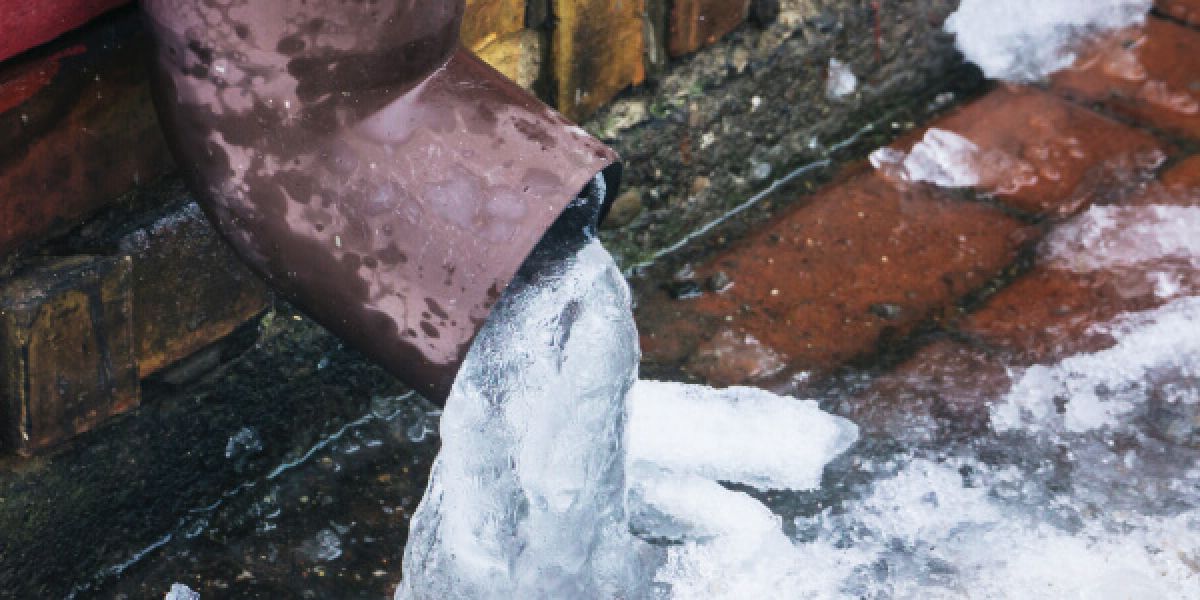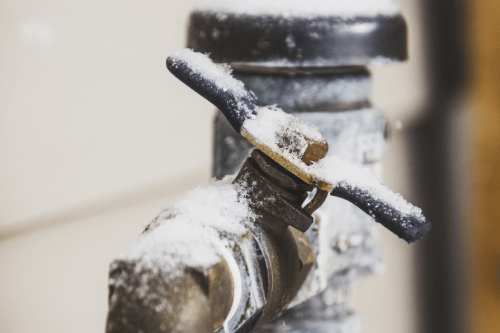Crucial Advice to Prevent Frozen Plumbing in Winter: Specialist Guidance
Crucial Advice to Prevent Frozen Plumbing in Winter: Specialist Guidance
Blog Article
The writer is making a number of great pointers regarding Helpful Tips to Prevent Frozen Pipes this Winter in general in this content underneath.

Winter can ruin your pipes, specifically by freezing pipelines. Right here's just how to stop it from taking place and what to do if it does.
Intro
As temperatures decrease, the risk of icy pipes rises, possibly causing expensive repair work and water damages. Comprehending exactly how to stop icy pipes is vital for property owners in cool climates.
Prevention Tips
Shielding prone pipes
Cover pipelines in insulation sleeves or use warmth tape to secure them from freezing temperature levels. Concentrate on pipes in unheated or external locations of the home.
Heating methods
Maintain interior spaces sufficiently warmed, specifically locations with pipes. Open up cabinet doors to enable cozy air to circulate around pipes under sinks.
How to determine icy pipes
Search for reduced water circulation from faucets, uncommon smells or sounds from pipes, and visible frost on revealed pipelines.
Long-Term Solutions
Structural modifications
Think about rerouting pipes far from outside walls or unheated areas. Add extra insulation to attic rooms, cellars, and crawl spaces.
Updating insulation
Purchase top notch insulation for pipes, attic rooms, and walls. Appropriate insulation aids maintain constant temperatures and reduces the danger of icy pipelines.
Securing Outdoor Plumbing
Yard hose pipes and outdoor faucets
Disconnect and drain pipes garden hoses before winter. Mount frost-proof faucets or cover outside faucets with shielded caps.
Understanding Frozen Pipes
What triggers pipes to ice up?
Pipelines ice up when exposed to temperatures listed below 32 ° F (0 ° C) for extended periods. As water inside the pipelines ices up, it expands, putting pressure on the pipeline wall surfaces and possibly creating them to break.
Threats and problems
Icy pipes can result in water system interruptions, residential or commercial property damage, and expensive repair work. Burst pipelines can flooding homes and trigger comprehensive structural damage.
Indicators of Frozen Piping
Identifying frozen pipelines early can avoid them from rupturing.
What to Do If Your Pipelines Freeze
Immediate actions to take
If you suspect icy pipelines, keep taps available to alleviate pressure as the ice thaws. Utilize a hairdryer or towels soaked in warm water to thaw pipes slowly.
Verdict
Protecting against frozen pipelines needs proactive actions and quick feedbacks. By understanding the reasons, indicators, and preventive measures, property owners can safeguard their pipes during winter.
5 Ways to Prevent Frozen Pipes
Drain Outdoor Faucets and Disconnect Hoses
First, close the shut-off valve that controls the flow of water in the pipe to your outdoor faucet. Then, head outside to disconnect and drain your hose and open the outdoor faucet to allow the water to completely drain out of the line. Turn off the faucet when done. Finally, head back to the shut-off valve and drain the remaining water inside the pipe into a bucket or container. Additionally, if you have a home irrigation system, you should consider hiring an expert to clear the system of water each year.
Insulate Pipes
One of the best and most cost-effective methods for preventing frozen water pipes is to wrap your pipes with insulation. This is especially important for areas in your home that aren’t exposed to heat, such as an attic. We suggest using foam sleeves, which can typically be found at your local hardware store.
Keep Heat Running at 65
Your pipes are located inside your walls, and the temperature there is much colder than the rest of the house. To prevent your pipes from freezing, The Insurance Information Institute suggests that you keep your home heated to at least 65 degrees, even when traveling. You may want to invest in smart devices that can keep an eye on the temperature in your home while you’re away.
Leave Water Dripping
Moving water — even a small trickle — can prevent ice from forming inside your pipes. When freezing temps are imminent, start a drip of water from all faucets that serve exposed pipes. Leaving a few faucets running will also help relieve pressure inside the pipes and help prevent a rupture if the water inside freezes.
Open Cupboard Doors
Warm your kitchen and bathroom pipes by opening cupboards and vanities. You should also leave your interior doors ajar to help warm air circulate evenly throughout your home.

As an avid person who reads about 6 Ways to Prevent Frozen Pipes, I thought sharing that excerpt was a smart idea. If you enjoyed reading our blog entry plz do not forget to pass it around. I appreciate reading our article about 6 Ways to Prevent Frozen Pipes.
Request An Appointment Report this page